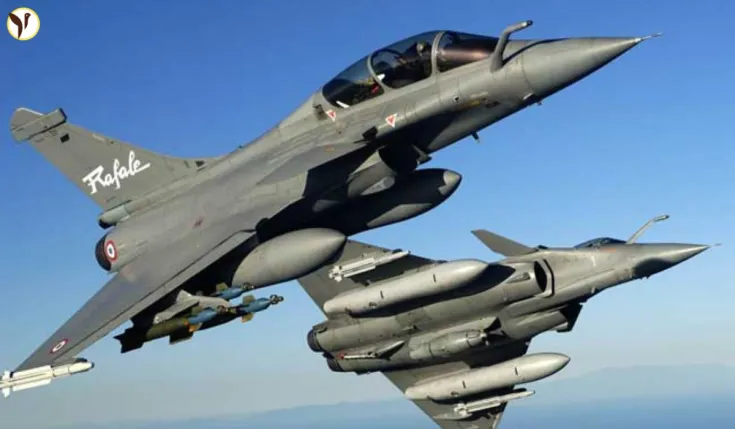India's Rafale Fighter Jets: A Look at Their Role and Recent Controversies
The Rafale, a sophisticated French-made fighter jet, has become a cornerstone of India's air power modernization. Its advanced capabilities and role in recent high-tension encounters with Pakistan have thrust it into the global spotlight. This article delves into the Rafale's significance for the Indian Air Force (IAF) and examines the conflicting narratives surrounding its alleged losses in recent cross-border skirmishes.
The Rafale's Role in the Indian Air Force
The Indian Air Force's acquisition of Rafale jets represents a significant step in its modernization strategy. These multirole combat aircraft boast cutting-edge technology, including advanced radar systems, long-range missiles like the Meteor, and exceptional maneuverability. The Rafale's capabilities enhance the IAF's ability to counter evolving threats, ensuring its readiness for modern warfare. Air Vice Marshal Hilal Ahmed, the first Indian pilot to fly the Rafale, played a key role in supervising its delivery and integration into the IAF.
- Enhanced Air Superiority: Rafale's advanced avionics and weaponry provide a significant edge in aerial combat.
- Precision Strike Capability: Its ability to carry out precision strikes with minimal collateral damage enhances its strategic value.
- Multirole Versatility: Rafale's adaptable nature allows it to perform various roles, including air superiority, ground attack, and reconnaissance.
The 2025 India-Pakistan Conflict and Alleged Rafale Losses
In May 2025, escalating tensions between India and Pakistan culminated in a series of cross-border aerial engagements. Pakistan claimed to have shot down five Indian fighter jets, including Rafale aircraft, during these engagements. These claims, however, are disputed, with India remaining largely silent on the matter. While India hasn't officially confirmed any losses, reports and images of aircraft wreckage surfaced, fueling the controversy.
Conflicting Accounts: Pakistan's military and government officials presented accounts supported by social media images and videos. These accounts emphasized the use of long-range Chinese PL-15 missiles, potentially capable of engaging Rafales beyond visual range. However, the authenticity and reliability of the evidence remain contested. India's silence adds to the ambiguity. A French intelligence official’s confirmation of at least one Rafale loss adds weight to Pakistan’s claims, although this remains unverified by the French manufacturer, Dassault Aviation.
The incident underscores the complexity of modern warfare, where information dissemination and control often play a decisive role. The conflicting narratives highlight the difficulties in verifying claims amidst intense geopolitical tensions.
- Pakistan's Claims: Five Indian aircraft downed, including Rafales, utilizing long-range PL-15 missiles.
- India's Response: No official confirmation or denial of losses; accusations of Pakistani misinformation campaign.
- Independent Verification: Difficult to independently verify claims given the sensitive nature of the conflict.
Conclusion: Unanswered Questions and Ongoing Debate
The alleged downing of Indian Rafale fighter jets in 2025 remains a highly controversial topic. The lack of definitive confirmation or denial from India, coupled with conflicting reports from Pakistan, creates a situation where clarity is elusive. While the Rafale's capabilities are undeniable, the events of 2025 highlight the unpredictable nature of modern warfare and the importance of independently verifiable information. The controversy surrounding these alleged losses will undoubtedly continue to fuel discussions about the effectiveness of the Rafale in combat, the accuracy of Pakistani claims, and the broader dynamics of the India-Pakistan conflict.
Further investigation and independent verification are needed to fully understand the events that transpired. The incident serves as a reminder of the crucial need for transparency and accountability in times of international conflict.






